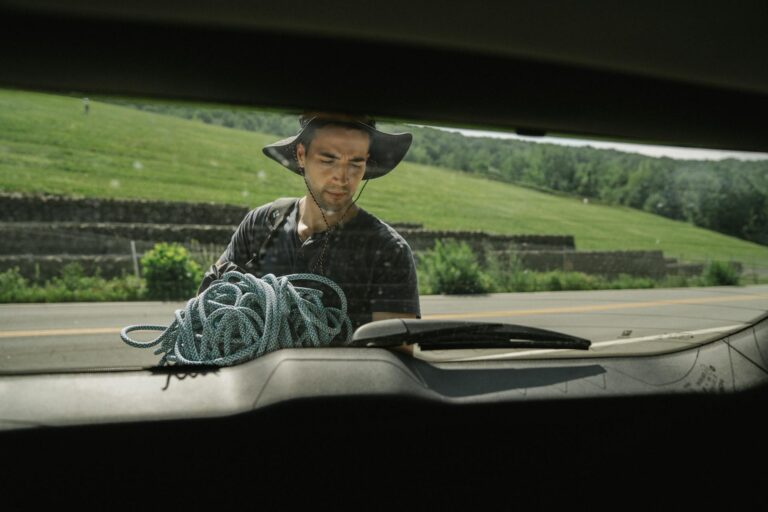In a world that runs on apps, maps, and notifications, losing cell service or internet can feel like being dropped into the wilderness—no signal, no directions, no quick calls for help. But survival doesn’t depend on tech. It depends on what you know and how you act.
Here are 10 smart tricks to stay safe and in control when the signal disappears and the world goes quiet.
1. Carry a Paper Map and Know How to Use It
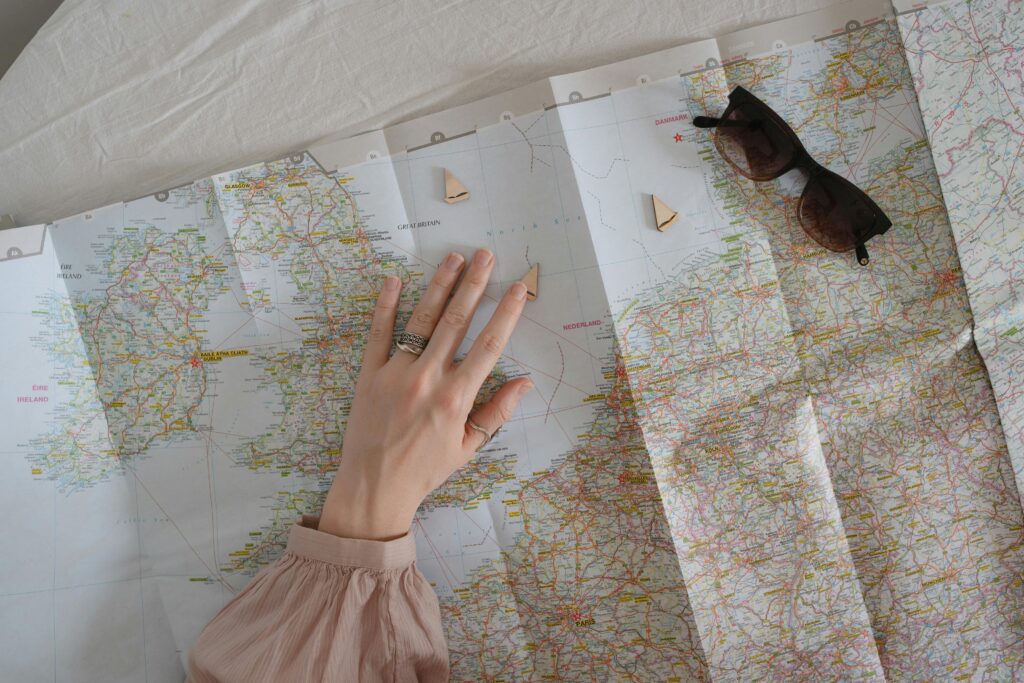
GPS is great—until it’s not. A paper map never loses signal. Keep regional maps in your car, go-bag, or emergency kit.
Practice reading them now. Learn landmarks, road names, and compass use. It’s old-school navigation that still gets you where you need to go.
2. Write Down Emergency Contacts

If your phone dies or can’t connect, your contacts list becomes useless. Write down key numbers—family, doctors, emergency services, local shelters—and keep a copy in your wallet or emergency bag.
A cheap paper list can save lives when high-tech fails.
3. Keep a Battery-Powered or Hand-Crank Radio
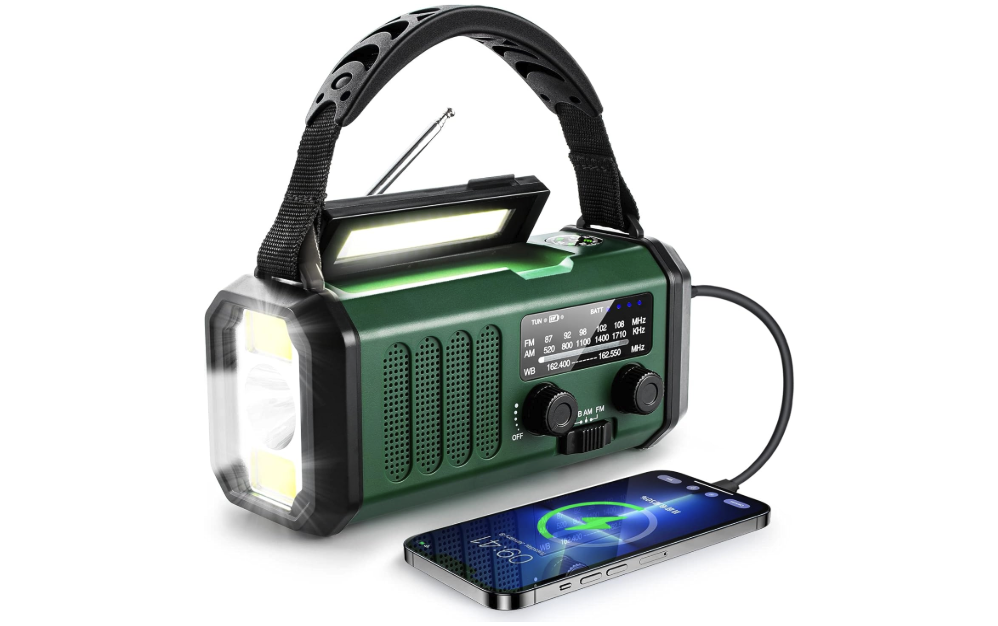
Radios don’t rely on cell towers or internet. A basic NOAA weather radio can alert you to storms, disaster updates, or relief info when you’re totally off the grid.
Hand-crank models never run out of power. Add one to your emergency kit—you’ll be glad you did.
4. Use Landmarks, Not Screens, for Orientation

If you’re navigating without tech, look for visual cues—church steeples, rivers, hills, unique buildings. These natural and manmade landmarks help you keep your bearings.
Practice on your daily routes. Knowing your surroundings makes all the difference in a blackout or bug-out.
5. Pre-Plan a Meeting Spot with Family

If communication fails, your crew needs a fallback plan. Choose a meet-up spot—a park, library, or relative’s house—and agree on a timeline.
Write it down and rehearse it. When phones don’t work, having a plan keeps panic out of the picture.
6. Use Whistles and Signal Mirrors
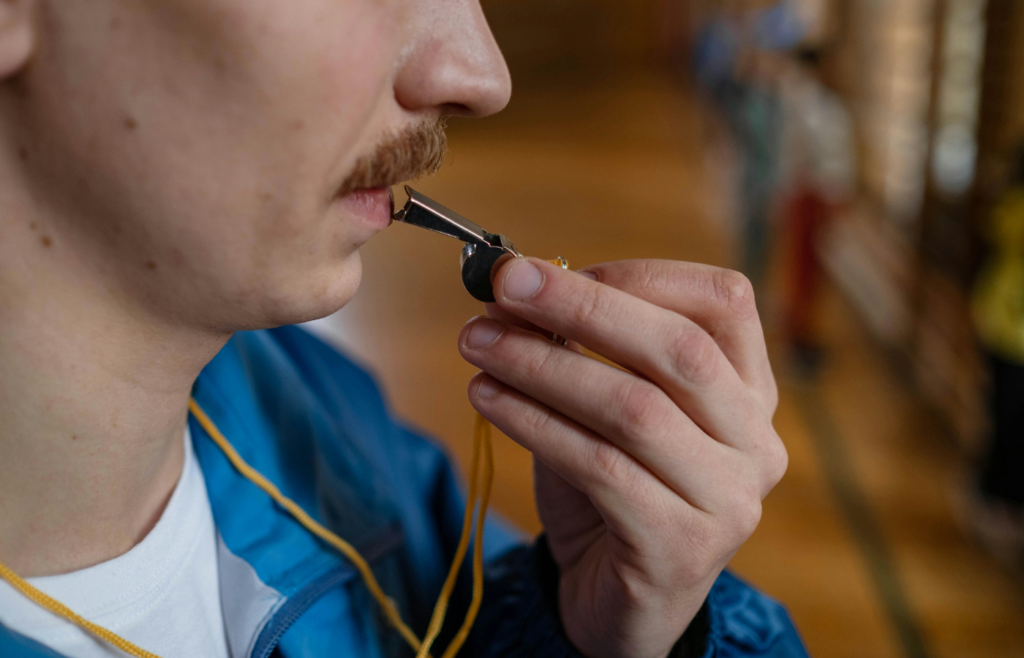
When you can’t call for help, you need other ways to get attention. A loud whistle carries farther than your voice. A signal mirror flashes sunlight up to miles away.
Keep both in your car, backpack, or bug-out bag. They’re low-tech, light, and loud when it matters.
7. Stay Put Unless It’s Unsafe

If you’re lost or cut off, moving without a clear destination can get you into trouble. Unless your location is dangerous, shelter in place.
Mark your location with visible signs, ration your supplies, and make yourself easy to find. Panic leads to poor decisions. Stay grounded.
8. Leave Signs or Notes If You Must Leave

If you’re forced to move on, leave clear signs of where you’re going. Use chalk, tape, or marker to write your direction, date, and name.
In search-and-rescue situations, this helps people follow your trail—or know you’re safe.
Read More: Top 15 Skills You’ll Be Glad You Learned Before the Power Went Out
9. Learn to Signal for Help Visually
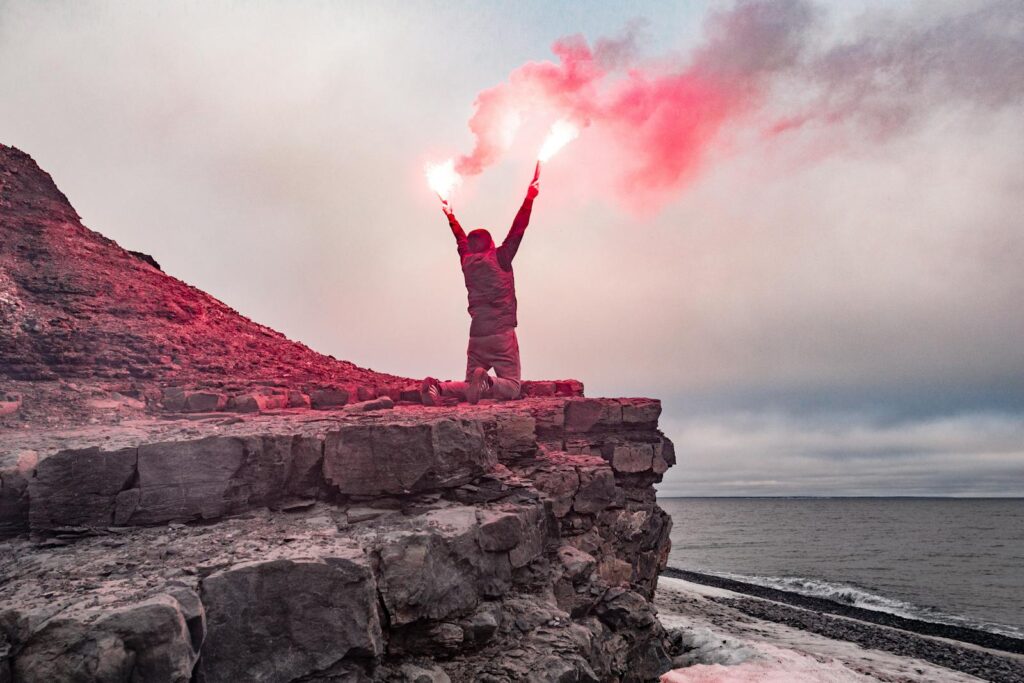
In open areas, use high-contrast symbols like SOS or large arrows made from sticks, rocks, or clothing. These are visible from the air and help rescue crews locate you.
Three of anything—flashes, piles, sounds—is also a universal distress signal.
Read More: Top 15 Ways to Purify Water When Clean Water Runs Out
10. Practice Situational Awareness

When you’re disconnected, you are your own early warning system. Pay attention to weather, animals, people, and sounds. Notice when things change.
Trust your gut, and stay alert. The best safety tool you have in a no-signal situation is your brain—and how well you’ve trained it.
When tech goes down, knowledge steps up. These low-tech tricks give you confidence, clarity, and control—even in the most disconnected moments. Because the best signal doesn’t come from a tower. It comes from you.
Read More: Top 15 Ways to Prep Your House for Long-Term Isolation





